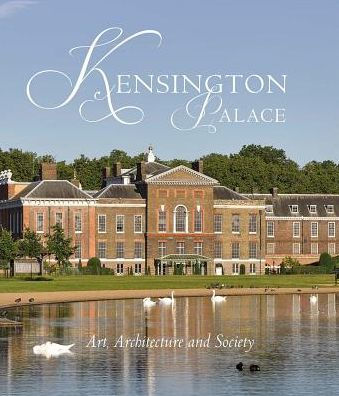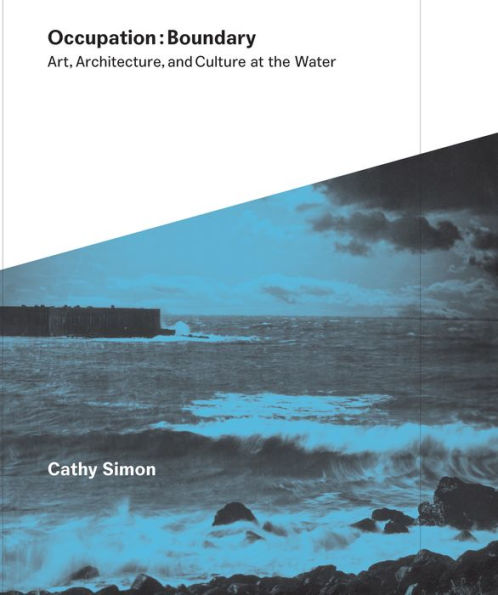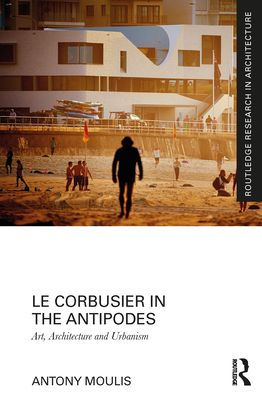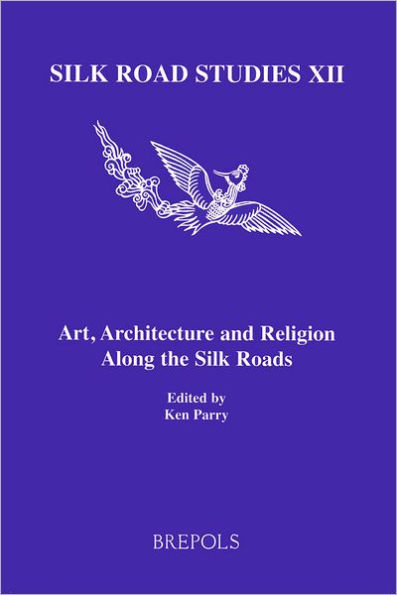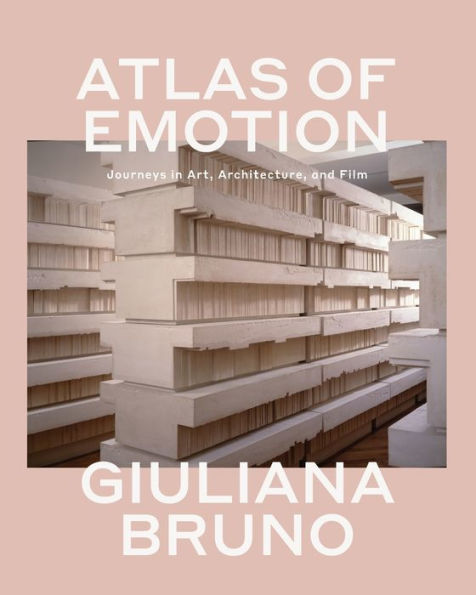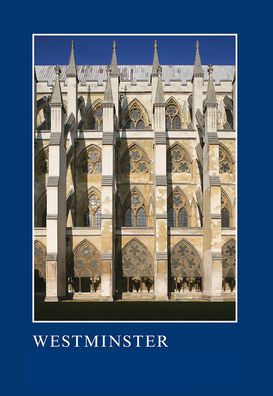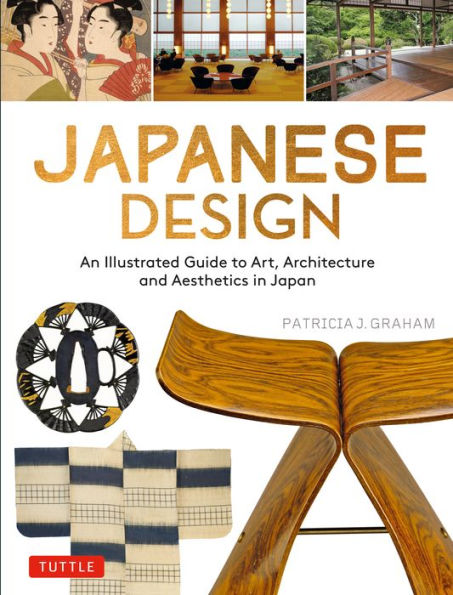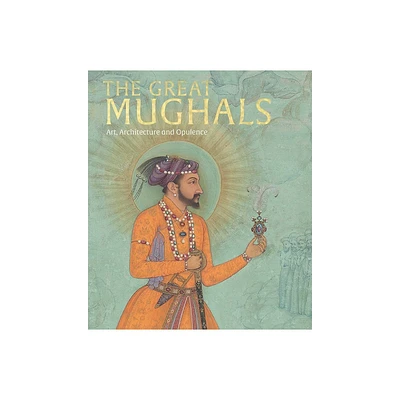Home
The Great Mughals: Art, Architecture and Opulence
Loading Inventory...
Barnes and Noble
The Great Mughals: Art, Architecture and Opulence
Current price: $70.00


Barnes and Noble
The Great Mughals: Art, Architecture and Opulence
Current price: $70.00
Loading Inventory...
Size: OS
*Product Information may vary - to confirm product availability, pricing, and additional information please contact Barnes and Noble
Stunning treasures from the dynasty that created the Taj Mahal are showcased in this lavish book.
The Great Mughals
presents, for the first time, the opulent, internationalist culture of Mughal Hindustan in the age of its greatest emperors: Akbar (r. 1556–1605), Jahangir (r. 1605–27) and Shah Jahan (r. 1628–58).
Providing a compelling new narrative to describe the origins of Mughal art, it explores how a huge Iranian influence permeated the sophisticated craft traditions of the Indian subcontinent to create a distinctively Mughal court are included, from contemporary portraits to jeweled gold vessels and carpets.
In chapters that conjure the unique dynamics of each reign, essays with historical sweep combine with texts focused on important objects to tell unexpected stories about a dynasty perhaps best known for commissioning the Taj Mahal.
The Great Mughals
presents, for the first time, the opulent, internationalist culture of Mughal Hindustan in the age of its greatest emperors: Akbar (r. 1556–1605), Jahangir (r. 1605–27) and Shah Jahan (r. 1628–58).
Providing a compelling new narrative to describe the origins of Mughal art, it explores how a huge Iranian influence permeated the sophisticated craft traditions of the Indian subcontinent to create a distinctively Mughal court are included, from contemporary portraits to jeweled gold vessels and carpets.
In chapters that conjure the unique dynamics of each reign, essays with historical sweep combine with texts focused on important objects to tell unexpected stories about a dynasty perhaps best known for commissioning the Taj Mahal.
